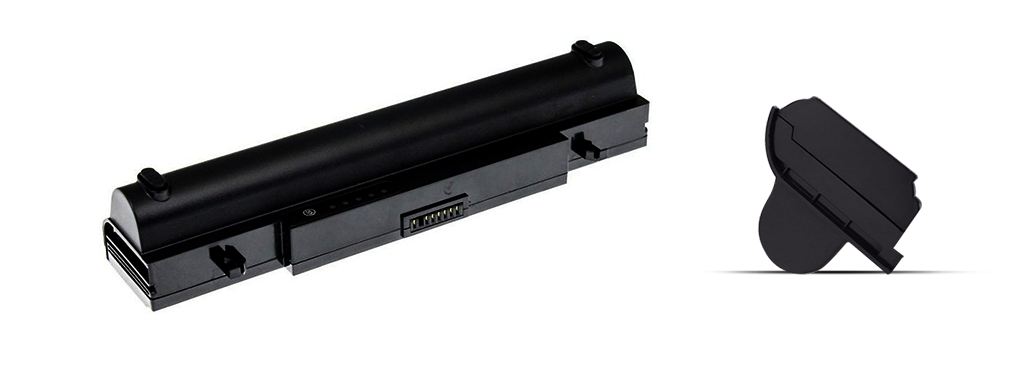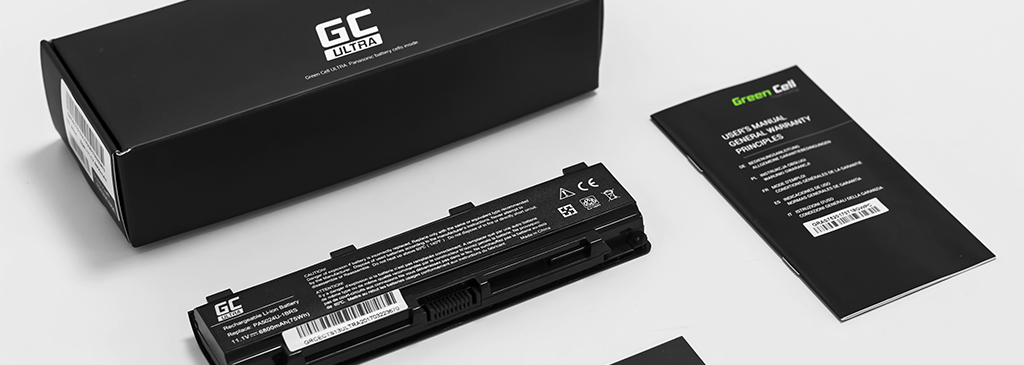Battery capacity refers to the amount of electric charge that the cells can hold. It is expressed in ampere-hours (1 Ah = 1000 mAh) and specifies the capability of the battery to supply an electric circuit with electric current of a specified amperage for a specified duration. If the capacity of a battery and its voltage are known, then the energy of the battery can be calculated. While the operating voltage range of a lithium-ion battery pack remains relatively constant throughout the lifetime, the capacity begins to decrease gradually already at the beginning of the operation.
Unfortunately, over the time the capacity of each battery falls permanently. This is caused by the electrochemical changes taking place in the cells. The process, colloquially referred to as battery wear, leads to a decrease in the volume of the active material and shortens battery life.
The term used to specify the current actual battery capacity is Full Charge Capacity (FCC). The FCC value will over time depart from the Design Capacity (DC), i.e. the initial capacity of the battery. The FCC value depends on the typical discharge rate and the user’s profile. Concerning batteries based on Green Cell lithium-ion cells, these have a lifetime of 400-600 cycles. With moderate use of the laptop, i.e. on full charge discharge cycle daily and work with moderately demanding applications (word processor, internet browser or simple programs), after a year the FCC should be approx. 80% relative to the DC. Obviously, there are ways of extending battery life but you will find out about them in another guide, which you can read here – How to extend battery life in a laptop?
Increased battery capacity
Design Capacity, i.e. the factory capacity of a battery is 4400 mAh for most lithium-ion laptop batteries. Of course, there are some ways of achieving larger capacities which will enable achieving better battery durability over time and longer lifetime. Currently, two such methods are used:
Oversized batteries – these are batteries with additional cells in the form of a laptop stand or an extension outside the matrix. Depending on the number of cells added, such batteries have correspondingly better performance values. Typically, these are batteries with a capacity increased by 150% or 200%, which translates into 6600 mAh and 8800 mAh, respectively. As can be seen, the battery operating time can be increased significantly but this unfortunately involves increased dimensions and weight of the laptop.
This is an example of what an oversized battery model aa-pb9nc6b for Samsung laptops looks like.

Use of non-standard cells – in this method more efficient types of cells are used in battery production instead of the standard ones. This is how our ULTRA series was created; you can read about it here. In the GC Ultra we used cells by Panasonic, which enabled us to reach even 6800 mAh with standard battery size. This solution is currently not used on a large scale and we can proudly call ourselves the pioneers in the manufacture of this type of batteries.


You can find batteries of both types in our shop:
Related posts
Most viewed entries
- Polish Inventors Who Changed the World – Do You Know Them All?
- The Scariest Myths About Electronic Devices – Halloween 2024
- The history of bicycle – International Bicycle Day
- Electricity in a camper van on holiday – a conundrum easily solve
- Off-grid installation on a plot. Is it worth it?
- Charging your electric car at home without a wallbox


